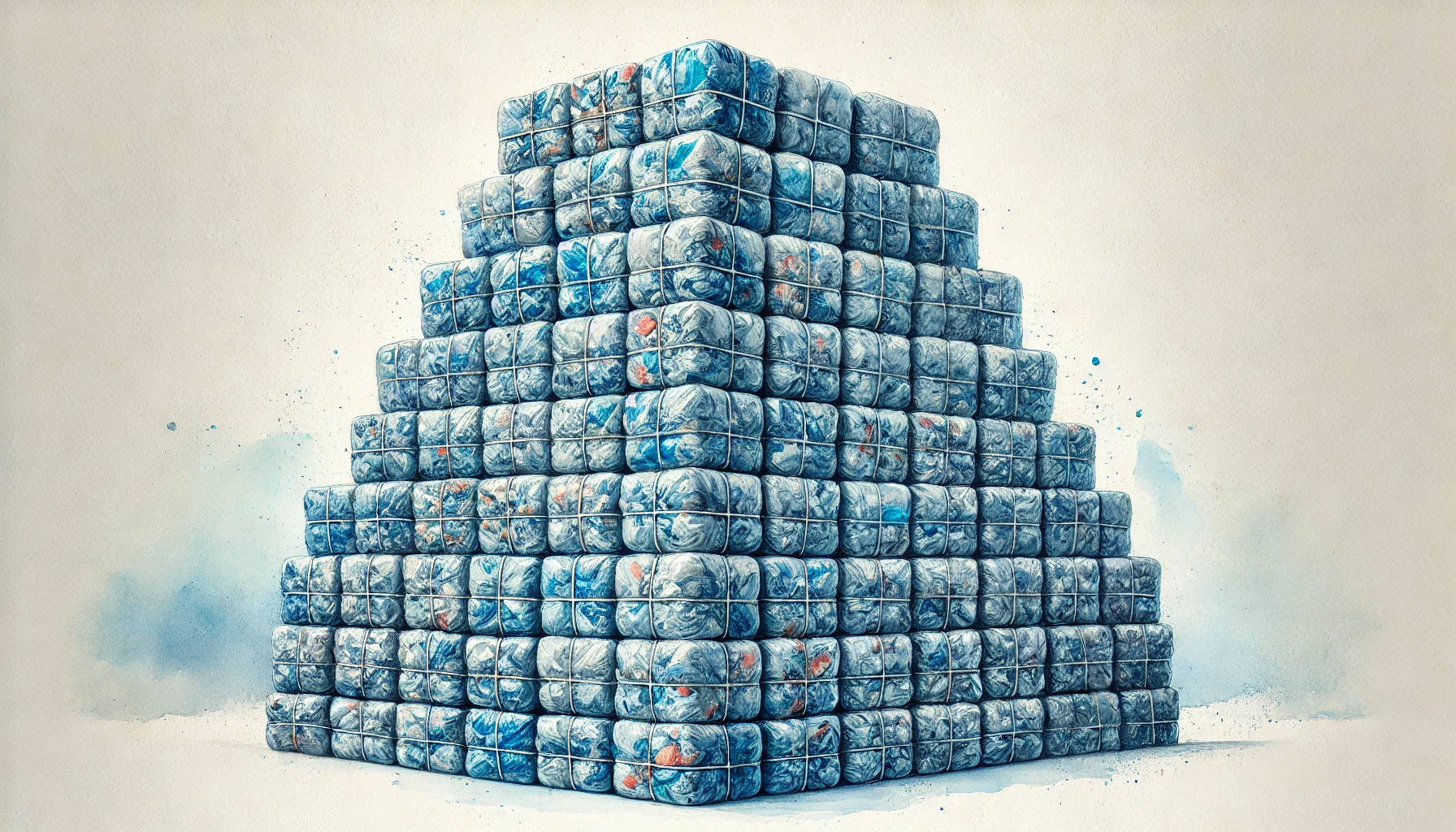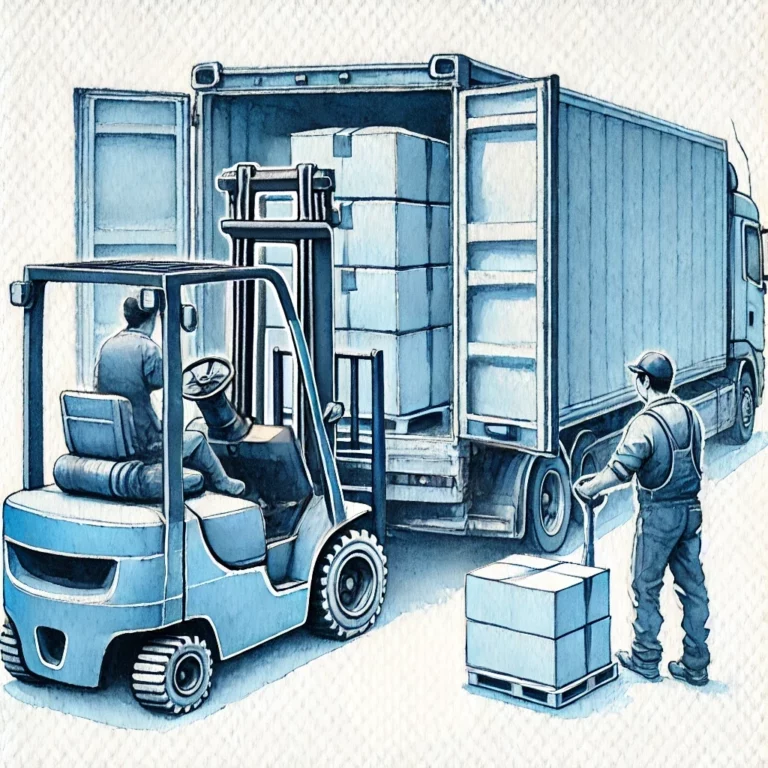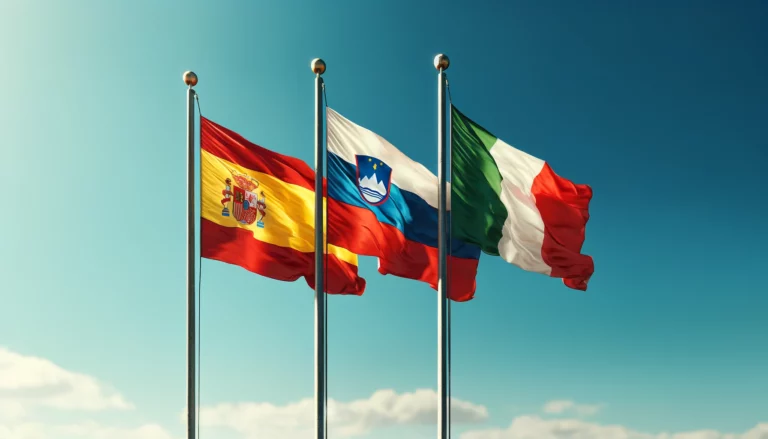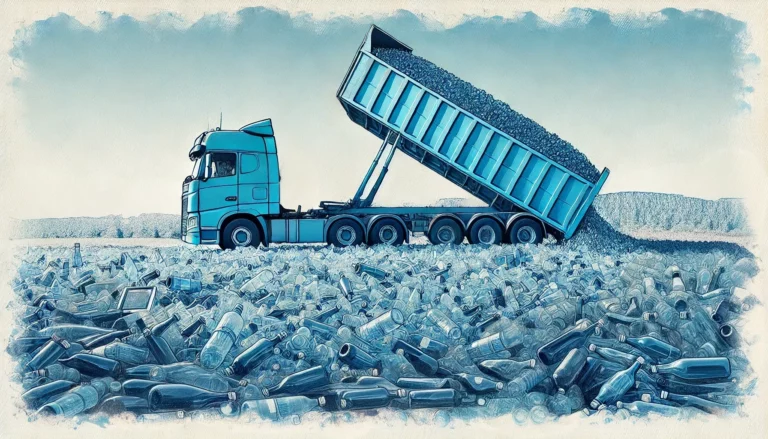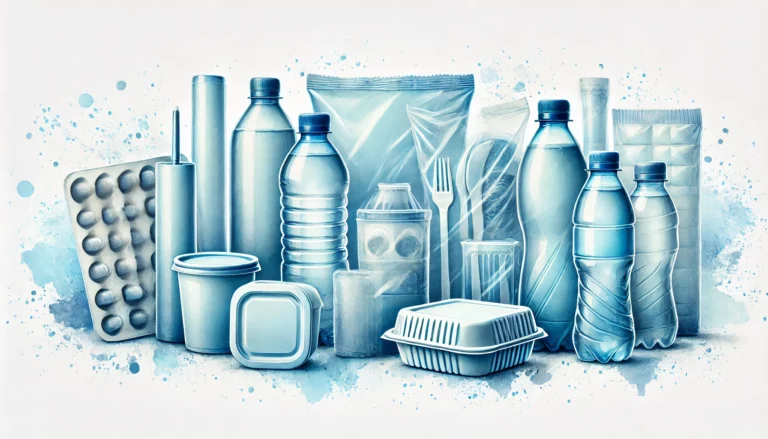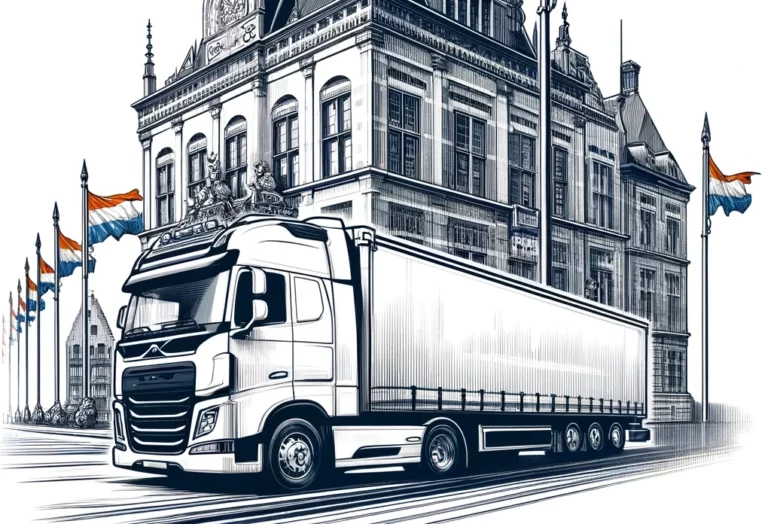Bulk plastic waste collection: the key to recycling success
Europe generates vast amounts of industrial plastic waste. In 2022, the EU produced around 16.16 million tonnes of plastic packaging waste—an average of 36.1 kg per person, up by nearly 8 kg since 2012. Most of this was recycled (40.7%), but a significant share still went to energy recovery (35%) or was exported (about 1.3 million tonnes) due to limited domestic recycling capacity.
This waste burden stems not only from households but also from industrial sectors. Manufacturing, especially, contributes significantly. In 2020, the industry collected over 10.2 million tonnes of post‑consumer waste for recycling, though only 34.6% ended up recycled and over 23% was landfilled. Without streamlined systems to collect and transport waste, much of it risks ending up where it can’t support circular use.
Where does it all go? Industrial plastic waste by sector
Plastic waste spans diverse industries and types. In manufacturing and automotive, polymers like PP, ABS, and PA flow from surplus molding or rejects. Food & beverage industries generate streams of PET bottles, LDPE films, and HDPE containers. The construction sector deals with PVC pipes, HDPE membranes, and insulating foams. Logistic hubs accumulate shrink wrap, IBCs, and PP strapping.
Some countries manage these streams better than others. Reliable infrastructure correlates with recycling performance: Germany leads with about 46% recycling capacity, while France lags near 27%. Naturally, sectors with organized collection and processing chains show higher recycling rates, whereas fragmented ones struggle.
Bulk plastic waste collection across Europe
Bulk plastic waste transport means gathering large volumes from industrial sites and moving them—often across borders—to recyclers. In 2022, Europe generated roughly 16.1 million tonnes of plastic waste, much of which found its way internationally for processing.
Germany imported over 80,000 tonnes of plastic waste in 2022, funneling it into high-quality pellet production for automotive and packaging uses. The Netherlands, too, brought in 1.2 million tonnes for advanced chemical recycling. Italy processed approximately 309,000 tonnes of imported plastic waste in the same year.
These cross-border flows respond to mismatches between domestic generation and recycling capacity. They also operate under strict rules such as the EU’s waste shipment regulation (EU 1013/2006) and the ADR framework. Without reliable logistics, recyclers face unpredictable supply chains, and industries cannot close the loop efficiently.
Do you need help managing your plastic waste? Use the form and we’ll take care of everything:
Avoid the pitfalls: best practices for plastic waste logistics
Despite its necessity, bulk plastic transport faces hurdles. Contamination remains a leading issue—mixed polymers, foreign residues, and moisture drastically reduce material value. Polymer price volatility compounds uncertainty. Regulatory complexity, with shifting rules across countries, cramps smooth operations.
Still, these best practices can help ensure consistency:
-
Implement clear labeling of bales. Indicate polymer type, weight, and origin on all units.
-
Conduct material audits. Verify purity and compliance before shipment leaves the facility.
-
Use baling or compacting systems. Maximize load efficiency and reduce shipping costs.
-
Engage certified logistics partners. Work with carriers versed in ADR and EU transport rules.
-
Secure long-term contracts. Stabilize supply chains and invest in infrastructure upgrades such as loading zones or moisture-proof staging areas.
These tactics foster smoother operations, healthier partnerships, and more traceable value chains.
10 pro tips to prep plastic waste for smooth transport
- Sort by polymer.Segregation by type boosts purity and fetches better market value.
- Decontaminate thoroughly.Remove food, metal, and composite residues before loading.
- Bale or compact.Increase load density to save space and cut transport costs.
- Label materials clearly.Include polymer type, net weight, batch, and date.
- Use standardized containers.IBCs, pallets, or crates improve handling efficiency and safety.
- Keep it dry.Moisture inflates weight, degrades quality, and invites claims.
- Store under cover.Protect loads from UV exposure and weathering.
- Isolate hazardous residues.Follow ADR and Basel requirements for any contaminated fractions.
- Schedule regular pickups.Avoid bulk build-up, idle inventory, and last-minute rush fees.
- Maintain records.Track shipments and documentation to support regulatory transparency.
From waste to worth: completing the plastic recycling cycle
Efficient bulk plastic waste collection and transport are central to Europe’s drive toward a circular economy. When businesses commit to sorting, labeling, and partnering with certified logistics providers, the overall system strengthens. Beyond compliance, this investment ensures materials return as valuable inputs rather than becoming landfill or incineration fodder. Strength in planning and infrastructure paves the way for seamless recycling loops, helping industries and regulators reduce waste, protect resources, and build greener futures.
However, improper handling of plastic waste transport—whether due to missing paperwork, non-compliance with EU regulations, or delivery to uncertified facilities—can result in severe fines, reputational damage, and missed recycling targets. Don’t take that risk. Waste Transport Solutions offers comprehensive support: from organizing logistics and securing compliant documentation, to ensuring your plastic scrap reaches certified recycling plants. Contact us at office@wastetransportsolutions.eu and move your waste the right way—legally, efficiently, and sustainably.

